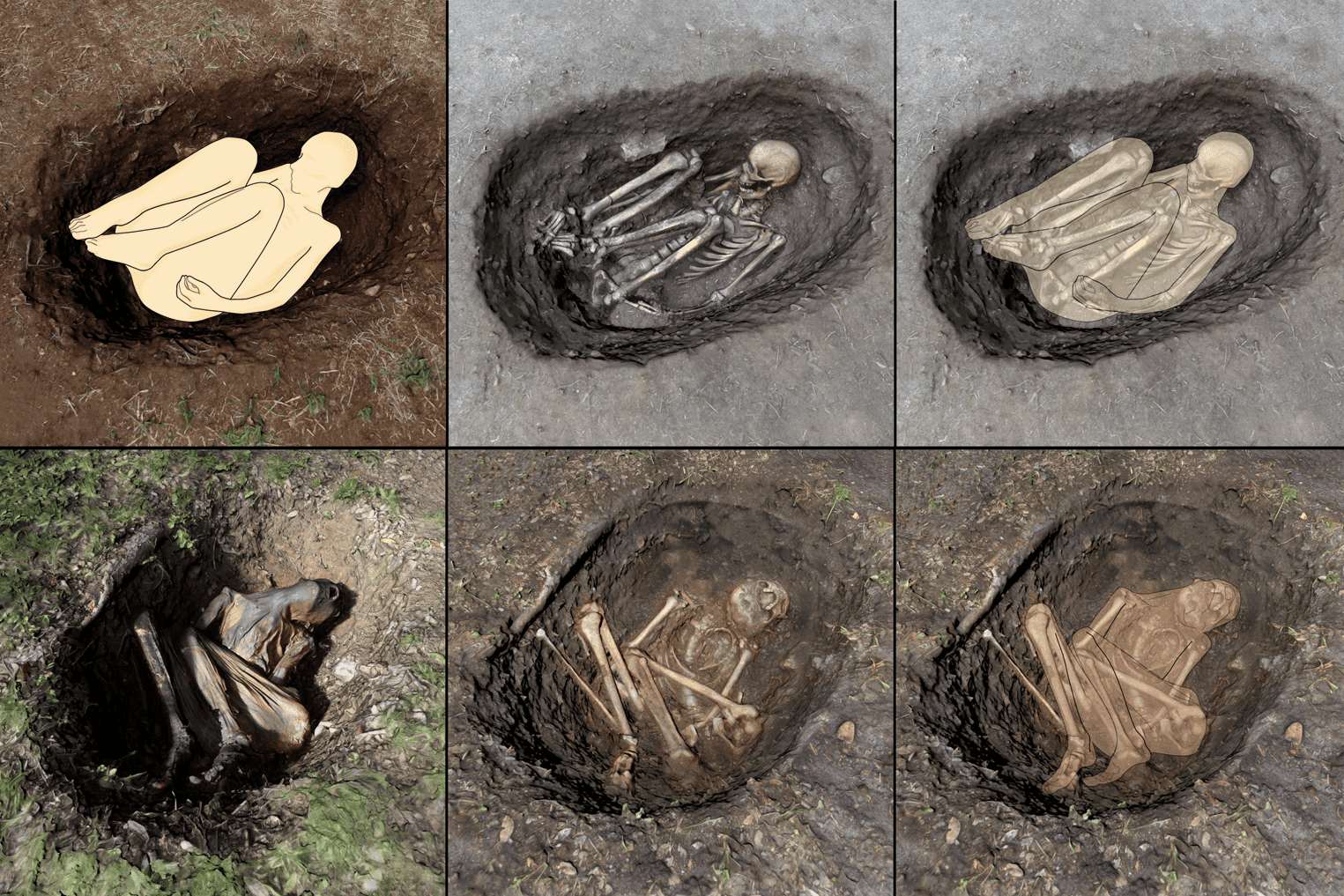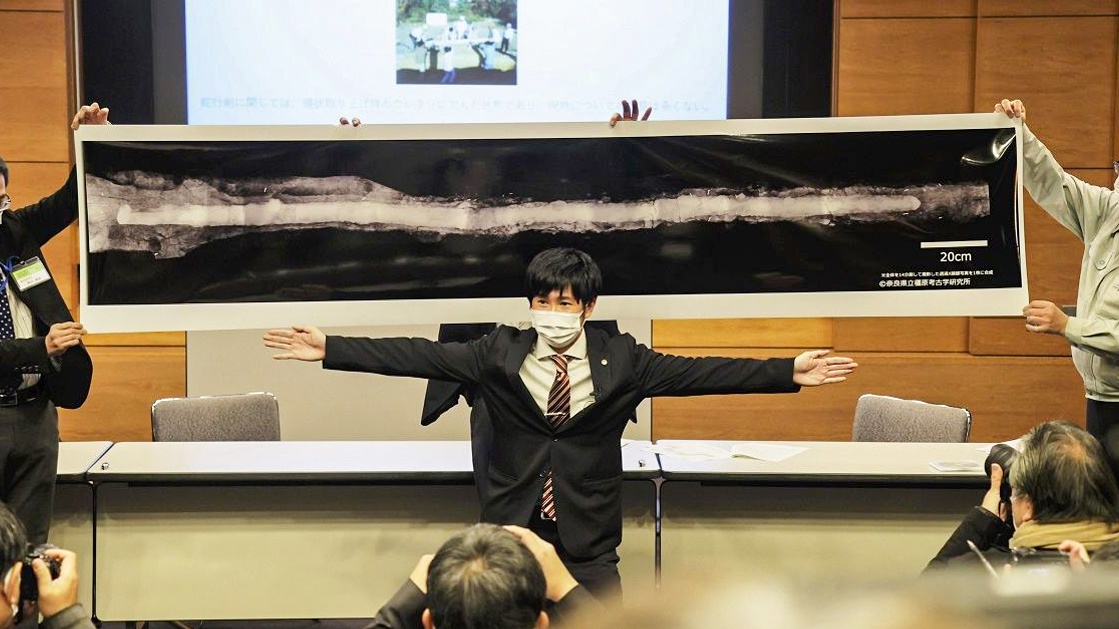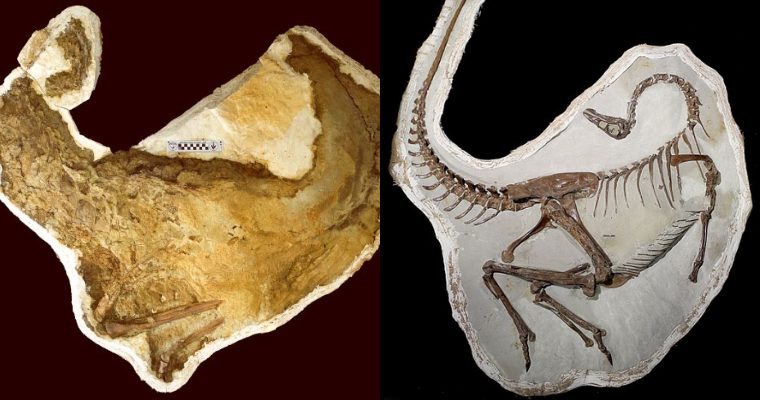Archaeologists working in the ancient Roman city of Mariana on the French island of Corsica have unearthed the ruins of a sanctuary of a cult of Mithra. This is a surprising find as it is the first example of the mysterious religion known as Mithraism having been practiced on the island.
Did the Yuan Dynasty’s Use of Paper Money Cause Hyperinflation?
IB Times reports that the discovery was made by French archaeologists in November 2016. The team from the French National Institute for Preventive Archaeological Research (INRAP) was called in to check the site before roadwork began.
So far, they have excavated what they believe to be a worship room and an antechamber related to the cult of Mithra. Speaking on the discovery, team leader Philippe Chapon told IB Times UK
“This is a very rare and exciting find. It is the first time we find evidence that Mithraism was practised in Corsica. There are only a dozen similar sites known in all of France, the last one having been excavated near the city of Angers in 2010.”

Excavations at the site of the Mithraeum in Mariana. ( Xavier Grimaldi )
Lilit Mkhitaryan has previously described on Ancient Origins some of the known details on Mithra and the cult created in his honor. As she wrote: “ Mithra was the god of light, purity, goodness, truth and occupied an important place in the faith of the ancient Aryans […] in the fourth century BC this cult spread from the Armenian Plateau to South Persia and India and in first century BC to North-West Europe.”
One of the most well-known Mithraeums (a Mithraic place of worship) is located in the basement of the Basilica of Saint Clement (Basilica di San Clemente) in Rome.

Mithraeum in lowest floor in San Clemente in Rome, Italy. ( CC BY SA 3.0 )
Chapon and his colleagues have found oil lamps and bronze bells, pottery and the marble head of a woman at the sanctuary in Mariana. But the artifacts that helped them most in identifying the purpose of the site are three pieces of a broken marble sculpture. Combined, they depict a scene of Mithra sacrificing a bull while a dog and snake drink the animal’s blood and a scorpion pinches its testes.

Some of the artifacts found at the site, including the pieces of broken marble. (Carole Heiligenstein /Corse Net Infos )
This depiction of Mithra fits well with others found related to his cult, as Lilit Mkhitaryan wrote “In ancient sculptures Mithra often was portrayed as a powerful young man with a Phrygian or Armenian cap who kills a sacred bull […]” The modern understanding of the Mithraic Mysteries is derived mainly from these kinds of reliefs and sculptures.
The significance of this image of Mithra is found in Mithraic legends :
“It is said that within the salty sea (Lake of the Van), there was a rock, and when heaven was darkened the light fell on the rock and shortly after was born Mithra, almost naked but with a Phrygian hat on his head, and torch in his left hand, and it illuminated the world. By killing the bull, Mithra was creating the world from its parts.”

Mithra slaying the bull. Royal Ontario Museum. ( CC BY 2.0 )
As IB Times reports, some of the artifacts found at the site on Corsica show signs of deliberate damage – such as a broken altar. It cannot be ascertained, but the archaeologists suggest that the destruction may have come about as a result of tensions between followers of Mithraism and early Christianity on the island. Although the Roman Empire’s religious policy was one of tolerance before Roman Emperor Theodosius I proclaimed Christianity the official religion in 392, things changed soon after that decree was made.
Mariana was a Roman city that was founded by Marius around 100 BC. Its golden age was in the 3rd and 4th century when it had a strong commercial harbor that provided the city with contact all over the Mediterranean. The first excavations took place at the site around 1930, but interest was rekindled in 2000. Previous discoveries include the remains of an early Christian basilica and baptisterium, as well as a Roman street with a portico, parts of houses, and shops.

Overview of excavations around the church of La Canonica in Mariana on Corsica. ( Tertullian.org)
Src: ancient-origins.net








